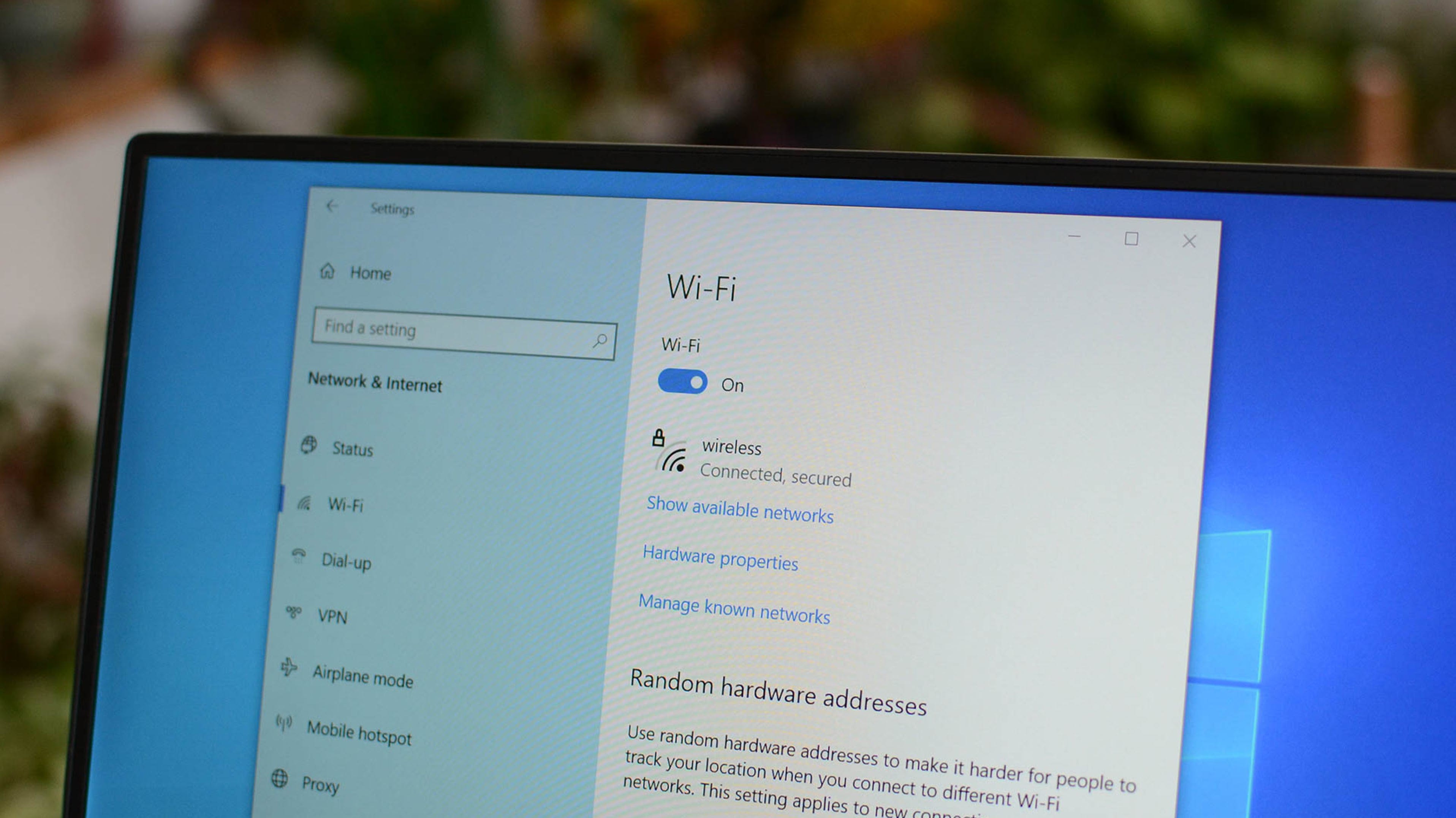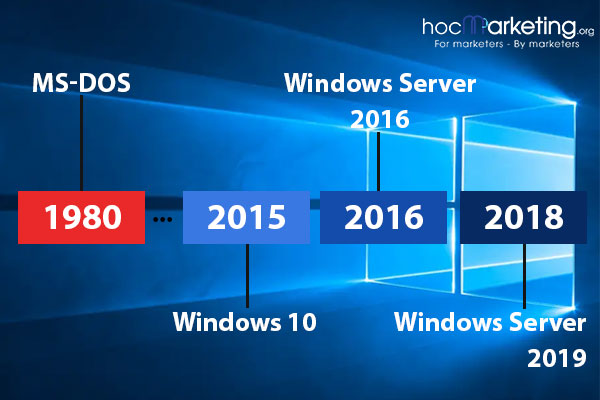
7 Foolproof Methods to Resolve DNS Server Issues on Windows

Resolve the DNS Server Is Not Responding error on your Windows PC caused by unresponsive DNS servers Discover effective fixes including using a different browser, rebooting your router, disabling VPN, flushing DNS cache, updating network drivers, and more
To troubleshoot DNS issues on Windows, there are several steps you can take. Firstly, try accessing your site using a different web browser. If that doesn't work, you can restart your router to refresh the network connection. Another option is to disable your VPN temporarily and see if that resolves the problem. Additionally, you can run the "Internet Connections" troubleshooter to identify and fix any network-related issues.
Other potential solutions include clearing your DNS cache, which can be done by following specific instructions for your Windows version. You can also try connecting another device to the same network to see if the issue persists. Alternatively, changing the DNS server you are using may help resolve the problem. This can be done by altering the network settings on your Windows PC.
Updating your network adapter drivers is another step you can take to address DNS issues. Outdated or incompatible drivers can sometimes cause connectivity problems. If you have any antivirus software running, temporarily disabling it might also help troubleshoot the issue. Similarly, turning off IPv6, if enabled, could potentially resolve DNS problems.
In some cases, deactivating other network adapters that are not in use can help improve DNS functionality. Lastly, booting your PC in safe mode can help identify if any third-party software or drivers are causing conflicts with the DNS settings.
When your DNS servers are unavailable, you may encounter a "DNS Server Is Not Responding" error on your Windows PC. Various factors can contribute to this issue, but fortunately, many of them can be easily resolved. By following these steps, you can tackle common DNS problems and find a solution.
Why Do You Get a “DNS Server Not Responding” Error?
When you enter a domain name into your computer's web browser, it relies on the DNS server to convert the domain name into an IP address. This IP address is then used by the browser to locate the website on the internet and enable you to access its contents. However, if the DNS server is unavailable or not reachable, you may encounter a "DNS server not responding" error.
When your DNS server is not functioning or encountering a problem, it hampers your web browser's ability to obtain the IP address of your website, leading to an error message. Various factors can contribute to the unavailability of your DNS servers, while other complications may hinder your PC from establishing a connection with the designated DNS servers.
Some of those potential problems are a malfunctioning router, a faulty web browser, an incompatible VPN app, a corrupt DNS cache, and more.
Fixes for a DNS Server Not Responding Error on Windows
To overcome the Windows DNS error and regain access to your websites, implement the following methods to address the root causes of the problem. By resolving these issues, you will eradicate the DNS error and successfully open the desired sites.
Use a Different Web Browser
If you come across a DNS problem while using a web browser, the initial step is to attempt accessing your site using a different browser. This will help determine whether the issue is specific to your device or the browser itself.
To do this, open a separate web browser on your computer and try accessing your site. If your site successfully loads on this browser, it is likely that the previous browser had some issues. In such a case, you can try resolving the problem by clearing the cache of your previous browser (Chrome, Firefox, Edge), disabling any extensions on your browser (Chrome, Firefox, Edge), and resetting your web browser (Chrome, Firefox, Edge).
If you get the same error in your other browser, read on to discover more fixes.
Reboot Your Router
If your PC is unable to reach your DNS servers, it could be due to a malfunctioning router. In such cases, a simple reboot of your router might help resolve the issue.
To restart your router, you can press the Power button if it is available. However, if your router does not have a Power button, you can unplug it from the power socket to turn it off. After waiting for at least 10 seconds, plug it back in to turn the router on again. Once the router is back online, open your web browser and attempt to access your desired site.
Turn Off Your VPN
When using a VPN app, your data is sent through a third-party server, allowing you to bypass any restrictions imposed by your Internet Service Provider (ISP). However, this process can occasionally result in problems with your DNS servers, which may be the cause of the error you are currently facing.
To verify that, turn off your VPN service and see if your site loads. If it does, reach out to your VPN provider to seek a permanent solution.
Use the Internet Connections Troubleshooter
To resolve any connectivity issues on your PC, Windows offers a range of troubleshooters specifically designed for different components. When facing difficulties connecting to the internet, you can rely on the Internet Connections troubleshooter to identify and resolve any faults affecting your connection.
To access the troubleshooter on Windows 11, simply go to Settings > System > Troubleshoot > Other Troubleshooters. Once there, locate the "Internet Connections" option and click on "Run" to initiate the troubleshooting process.
For Windows 10 users, navigate to Settings > Update & Security > Troubleshoot > Additional Troubleshooters. Locate "Internet Connections" and select "Run the Troubleshooter."
Follow the troubleshooter’s instructions to detect and resolve your DNS issues.
Windows stores a cache of your DNS queries to expedite the process of converting domain names into IP addresses. However, if this cache becomes corrupted, it can lead to problems with your web browsers.
Flush Your DNS Cache
To resolve the issue, you can clear your DNS cache. It is important to note that clearing the cache will not result in any loss of personal data.
To begin, access the "Start" menu and locate the "Command Prompt" option. Launch the utility and in the Command Prompt window, enter the following command and then press Enter:
ipconfig /flushdns
Windows will clear your current DNS cache, and you’re all set.
Use Another Device on the Same Network
To rule out the possibility of your router configuration causing the problem, try accessing your site on another device connected to your network. You can use any of your devices such as an iPhone, Android, Windows, Mac, Linux, Chromebook, or any other machine.
If your website fails to load on another device and you encounter the same DNS error, it is likely that your router is experiencing an issue. To resolve this, it is recommended to contact your internet service provider (ISP) for assistance. Additionally, you can attempt to reset your router to its default settings. However, keep in mind that you will need your ISP's configuration information to reconfigure the router and ensure compatibility with your current internet provider.
If your website opens without any issues on a different device, the problem lies with your Windows PC. To explore further solutions, continue reading.
Change Your PC’s DNS Servers
If you are unable to access websites on your PC, it could be due to the unavailability or technical difficulties with your DNS servers. To resolve this problem, you can try changing the DNS servers currently configured on your PC.
We’ve already written guides on how to change your DNS servers on Windows 11 and Windows 10, so check them out to learn how to perform the procedure.
Update Your Network Adapter Drivers
To resolve this issue, update your drivers by simply right-clicking on the "Start" menu and selecting "Device Manager."
Then, expand “Network Adapters,” right-click your adapter, and choose “Update Driver.”
Select “Search Automatically for Drivers” and download and install the available drivers.
Restart your PC, and try to access your site.
Temporarily Disable Your Antivirus
If you believe in the credibility of your website and DNS servers, consider temporarily disabling your PC's antivirus program to determine if it resolves the issue of your browsers showing a DNS error message. We provide a comprehensive guide on how to disable Microsoft Defender Antivirus, which can assist you in this process.
Make sure to turn real-time protection back on when you’ve checked your site.
Turn Off IPv6 on Your PC
To resolve issues such as a DNS server not responding, you can disable IPv6 on your PC. IPv6, the latest Internet Protocol version, is designed to address various IP-related concerns on your devices.
To disable IPv6, navigate to Control Panel, then select Network and Internet followed by Network and Sharing Center. From there, locate and right-click on your adapter, and choose "Properties." In the properties window, uncheck the box next to "Internet Protocol Version 6 (TCP/IPv6)" and click "OK."
And that’s it.
Disable Other Network Connections
To resolve any potential issues with your DNS queries, it is recommended to disable any additional network connections on your computer that are not in use. You can easily do this by accessing the Control Panel, then navigating to Network and Internet, and finally, Network and Sharing Center. Locate any unused adapter, right-click on it, and select the option to "Disable."
Repeat the above step for each unused adapter to disable it on your PC.
Reboot Your PC in Safe Mode
Windows' safe mode provides a convenient way to start your computer with only the necessary files, allowing you to troubleshoot issues caused by third-party applications. By utilizing safe mode, you can identify and remove any problematic apps that may be affecting the performance of your PC.
Reboot Your PC in Safe Mode
To troubleshoot the problem, begin by uninstalling any recently installed apps that you suspect may be responsible for the issue.
And that’s how you resolve a “DNS Server Is Not Responding” error on a Windows 11 or Windows 10 PC. Enjoy browsing your favorite sites!






















